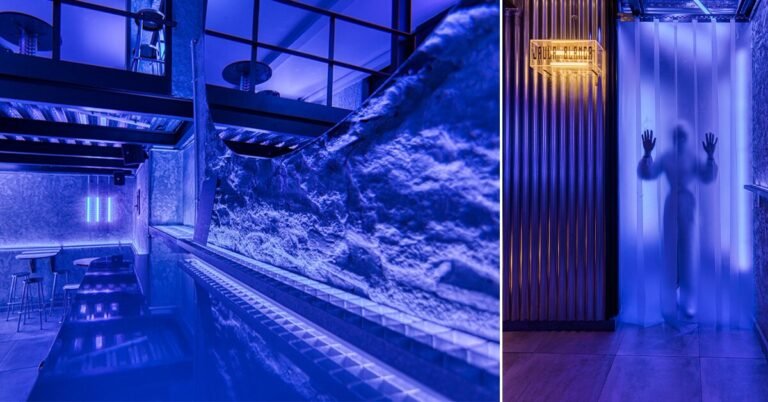U.S. federal court sues Wrigley Field for not complying with ADA requirements
A federal lawsuit filed against the operators of Wrigley Field, accuses the stadium—home to the Chicago Cubs and a National Historic Landmark—of not adequately renovating the venue to meet accessibility standards. The United States Attorney’s Office for the Northern District of Illinois pressed the case against the 2016 World Series winning team and its stakeholders, including corporate owners and operators of Wrigley Field—Chicago Baseball Holdings LLC, Wrigley Field Holdings LLC, and WF Master Tenant LLC.
The lawsuit comes in response to a major renovation and expansion on the stadium, as part of a long-term overhaul, known as “The 1060 Project”. Work undertaken in the project was subject to ADA compliance, and the court alleges proper adaptations and accommodations were not included in the realized construction. The violations were first brought into question by the Department of Justice in November 2019, soon after the stadium fully reopened its facilities following the culmination of the renovation work.
The 1060 Project involved the demolition of the field’s bleacher and lower grandstand. Porches and group seating areas were added to the left and right field bleachers and four premium clubs were constructed, in various locations around the stadium. Among the accessibility issues cited in the lawsuit, is sightlines for wheelchair users. The court claims numerous locations around the sports venue offer less visibility and obstructed views for wheelchair users due to the presence of standing spectators, columns, and beams. Similarly, the new premium lounges and group areas have no designated viewing areas for wheelchair users.
In the general admission sections of the stadium wheelchair seating is primarily located in the last row, a direct violation of the ADA Standards for Accessible Design. As stated in the court filing, prior to the recent renovation, Wrigley Field had several allocated seating areas for wheelchair users with clear views of the field. These sections have now been refashioned into group seating patios.
The final citation against Wrigley Field is the failure to take down “architectural barriers” in sections of the around the property where it was deemed feasible to do so. These barriers include “protruding objects”, such as water fountains, defibrillators, stair railings, and floor markings.
“The Cubs rebuilt much of Wrigley Field and had ample opportunity – and a significant ADA obligation – to incorporate wheelchair seating and other accessible elements into the updated facility,” said United States Attorney for the Northern District of Illinois John R. Lausch, Jr., in a statement published by the Department of Justice. “The U.S. Attorney’s Office remains committed to ensuring equal accessibility for individuals with disabilities.”
“For 32 years, the ADA has set clear requirements to ensure that public venues such as sports facilities are accessible,” added Assistant Attorney General Kristen Clarke for the Justice Department’s Civil Rights Division. “The Justice Department will vigorously enforce the law to ensure that fans with disabilities and their families are able to enjoy their ballpark experience.”
To rectify the case and the alleged ADA violations, the lawsuit is asking for “declaratory, injunctive, and monetary relief” in which the defendants—the stakeholders of Wrigley Field—will be required to undertake additional provisions and renovations to fix the cited violations, and also to compensate users who suffered injuries on-site on account of the noncompliance to ADA standards.
The Chicago Cubs responded to the lawsuit with a statement citing that it will hold its claim that the renovated stadium “meets accessibility requirements for fans”. The statement goes on to say:
“Wrigley Field is now more accessible than ever in its 108-year history, demonstrated by increasing accessible seating options by more than 50 percent on and across more levels and in more locations. Wrigley Field has 11 more elevators than it did prior to the start of the renovation, more accessible restroom facilities, assistive listening technology for fans with hearing impairments, enhanced audio speakers and sound systems throughout the ballpark, and upgraded ticketing and online systems for purchase of seating, including accessible seating.”




